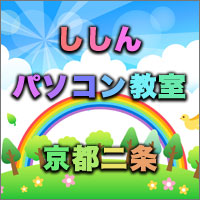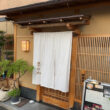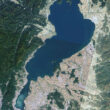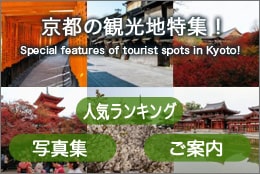A Study of the Songs of Kyoto
Posted date:2025-04-25Author:つばくろ(Tsubakuro) Transrator:ポンタ(Ponta)
Category:Talk about Kyoto
広告
adsense4
These days, the streets of Kyoto are crowded with foreign tourists.
Kyoto, the ancient capital with a history of 1,200 years, has always been and continues to be a magnet for travelers.
Kyoto is also known as the setting for many hit songs.
For example, there is this song.
Only a woman, Duke Aces (1969)
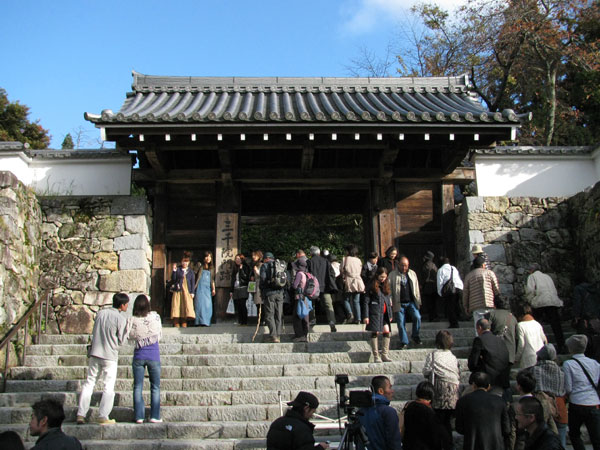
Kyoto, Ohara, Sanzenin Temple
A woman alone, broken in love
Of Shiose on a yuki
A painted obi
Swaying on the surface of the pond
Kyoto, Ohara, Sanzenin Temple
Kyoto, Tugao, Kozanji Temple
A woman alone, broken in love
Oshima Tumugi with a woven sash
Shadowed by a stone slab
Kyoto, Tugao, Kozanji Temple
A woman alone, broken in love
Kyoto, Arashiyama, Daikakuji Temple
A woman alone, broken in love
Shiozawagasuri and Nagoya obi
The sound of a waterfall if you strain your ears
Kyoto, Arashiyama, Daikakuji Temple
A woman alone, broken in love
And also, such a song.
Kyoto adoration, Yuko Nagisa (1971)

I miss the sight of that man
Kawaramachi in the twilight
Love, love, love makes a weak woman
Why does it make her cry?
Don’t torment me, oh, don’t blame me
Knowing how hard it is to say goodbye
I remember his words, the Takasegawa River at sunset
Remnants of love on a distant day
Burning Arashiyama
Everything, everything about you
Why can’t I put it out?
Don’t torment me, oh, don’t blame me
Knowing how hard it is to say goodbye
The distant day will never return
Higashiyama at sunset
Don’t torment me, oh, don’t blame me
Knowing how hard it is to say goodbye
The distant day will never return
Katuragawa River at dusk
Other famous hit song titles include
Love in Kyoto, Yuko Nagisa (1970)
And yet you go to Kyoto, Cherish (1971)
The rain shower in Kyoto, Rumiko Koyanagi
The flow of Kamo, Kaguyahime (1973)
The ancient capital, Kaze (1976)
Arashiyama in rain, Tuyoshi Nagabuchi (1977)
As you will notice when you look at the lyrics of “Only a woman” and “Kyoto adoration” introduced earlier, these songs all have something common.
These are:
1: Women are the main actors
2: Being a traveler
3: Having the pain of a broken heart
That’s all.
So why is it that every song that imagines a lovesick woman traveling alone to Kyoto is a big hit?
Unexpected reasons lie there.
A change in attitudes about travel brought about by the 1970 Osaka World Fair.
Until about 60 and over years ago, the image of traveling alone was generally limited to men.
It is fair to say that there was a strong preconception that women always traveled with someone.
In fact, in Machiko Hasegawa’s manga, “Sazae-san” and others, when Sazae-san travels, she always goes out with her neighbors’ wives if she is not with her family.
At that time, if there had been a woman traveling alone, she would have been treated with suspicion, as if she had set out on a journey to find a place to die of a broken heart.
At the same time, it could be said that travel was not a casual affair for the general public, both men and women, at that time.
However, the 1970 Osaka World’s Fair, held almost 50 years ago, completely changed this situation.
Osaka Expo Photos
The number of Japanese who packed the World’s Fair in those days was said to be as many as 64,210,000 in about six months.
That’s 10 million people in a month, or a whopping 330,000 people per day.
So many people from all over Japan gathered at Senrioka Ryo in Osaka every day.
The Expo dramatically changed the way Japanese people think about travel.
The general public began to recognize that travel was a form of casual leisure.
And it was the Japan National Railways (now JR) of the time that was responsible for the mass movement of the public that packed the Expo.
Yet in the 1970s, personal cars were not widespread in Japan.
Thus, thanks to the Expo, the Japanese National Railways made a lot of money.
Impact of Discover Japan Campaign
Having had a taste of the success of the Expo, the Japan National Railways naturally did not want to lose customers after the Expo closed.
So they implemented a campaign plan called Discover Japan, which was a big deal.
The campaign was launched on October 14, 1970, one month after the Expo closed.
The concept was about self-discovery and looking for one’s own self through travel, and its main objective was to attract individual customers.
As the theme of “Discovering Yourself” suggests, this was the first opportunity for the message to be sent out that it is the individual who travels.
The subtitle of this campaign was “Beautiful Japan and Me”, the title of Yasunari Kawabata’s commemorative speech at the Novel Prize for Literature award ceremony.
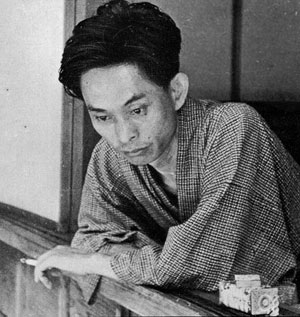
Yasunari Kawabata
Under the influence of the catchphrase “beautiful Japan”, Kyoto and other small Kyoto towns throughout Japan, such as Kurashiki and Hagi, became popular tourist destinations.
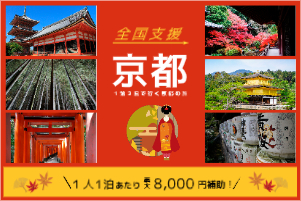
The sightseeing poster in Kyoto
Influence of fashion magazines “an.an” and “non.no.”
A further contributing factor here was a feature article project for young women’s magazines that were launched at the same time.
Magazine House’s “an.an” was launched in March 1970, followed by Shueisha’s “non.no” in May 1971, and the two magazines competed with each other to publish a special page each month featuring a young woman traveling alone.
Soon, young women traveling alone with fashion magazines in hand to places like Kyoto and Kurashiki could be seen everywhere, and became known to the public as the “Annon tribe.”

Such customs are sung in the lyrics of Masashi Sada’s popular song of the time, “Ehgaki Saka” (Picture Postcard Slope”).
However, it was also true that, in the eyes of older adults at the time, a girl traveling alone was still seen as something fishy.
Although the number of girls traveling alone had increased, the motivation to travel was remained linked to the heartache caused by a broken heart.
The most visible reflection of these social conditions of the time were the many hit songs that were born in Kyoto.
Kyoto was the biggest draw for Discover Japan campaign and most favored destination of the “Annon” women.
The lyricists of the popular songs, against the backdrop of such a Kyoto
1: A young woman
2: Lone traveler
3: Lost love
They made the lyrics of these songs combined the images of these.
The resulting songs matched the mentality of the Japanese people at the time and became explosive hits.
For these reasons, songs about Kyoto have always been accompanied by lyrics about a young woman, traveling alone, and the pain of lost love.
Author
つばくろ(Tsubakuro)
I was born and raised in Kyoto and am a native Kyotoite.
When I was young, I longed to visit Tokyo and Osaka, which are more bustling than Kyoto, but as I have gotten older, I have come to appreciate Kyoto a little more.
In this site, I will introduce you to some of the best places to explore Kyoto's food that you might otherwise miss at first glance.
